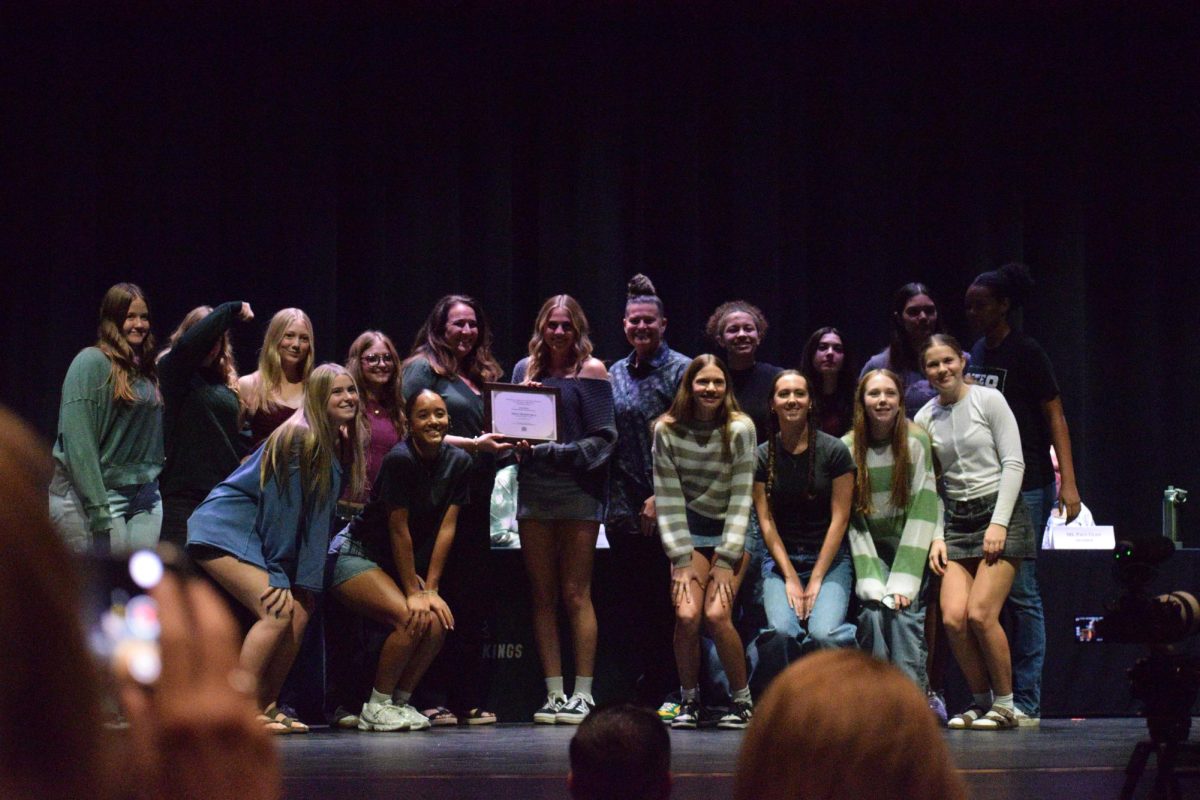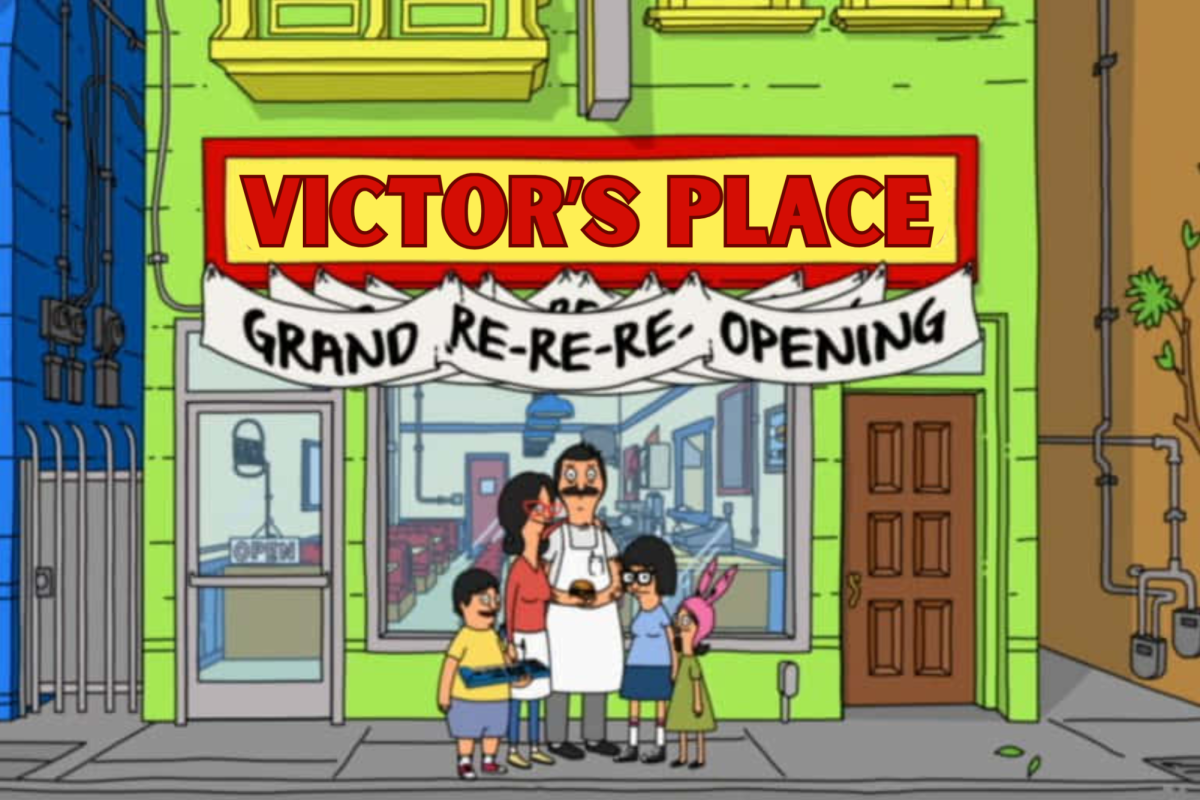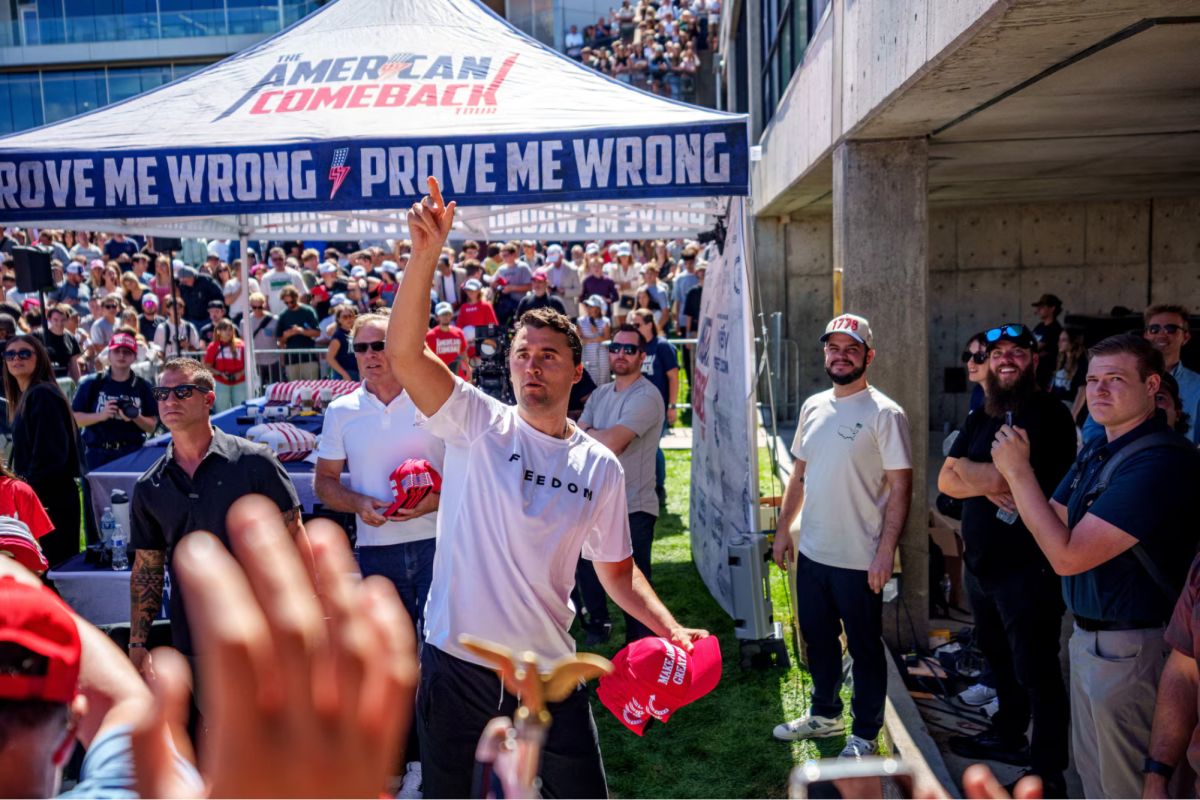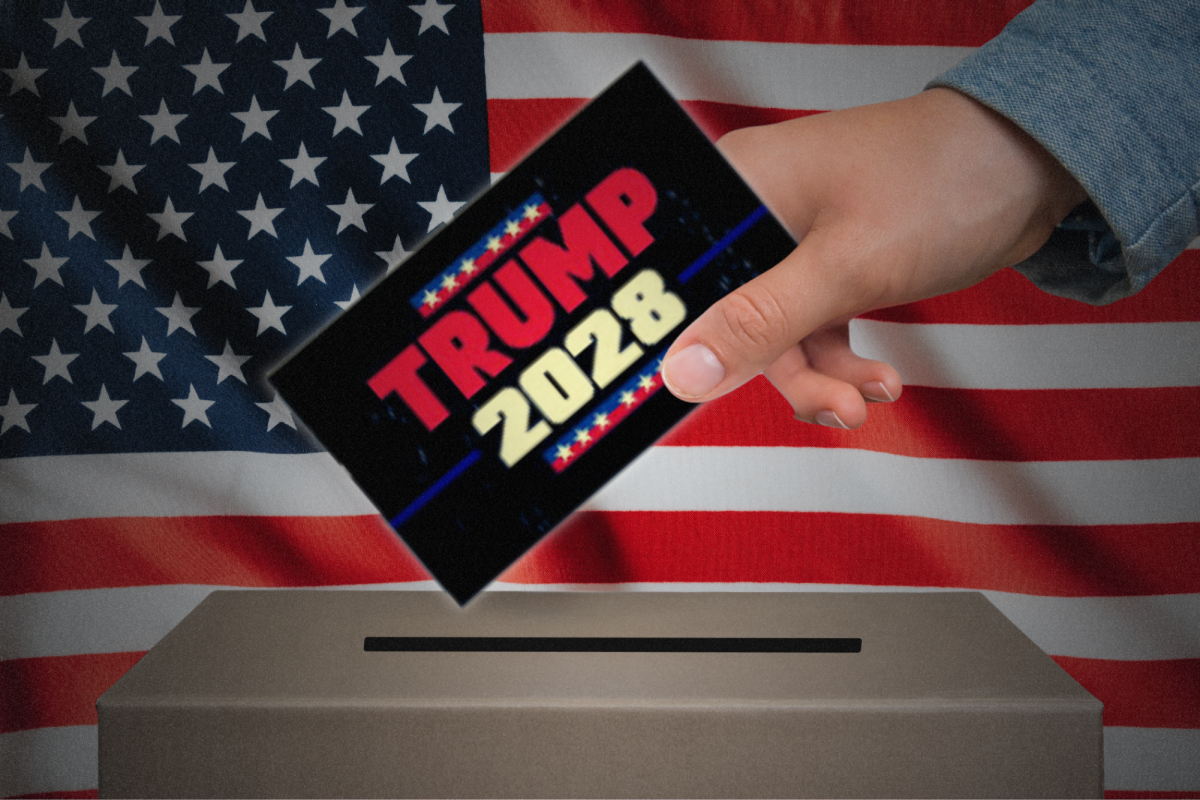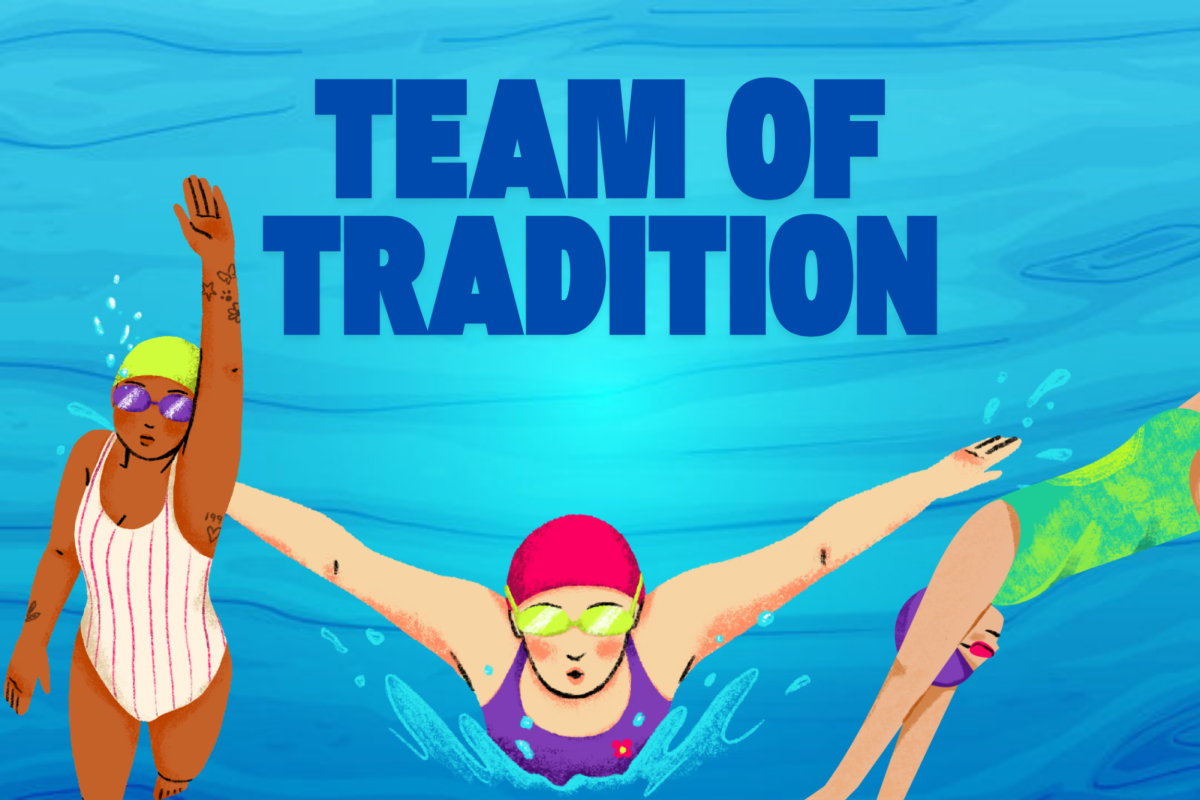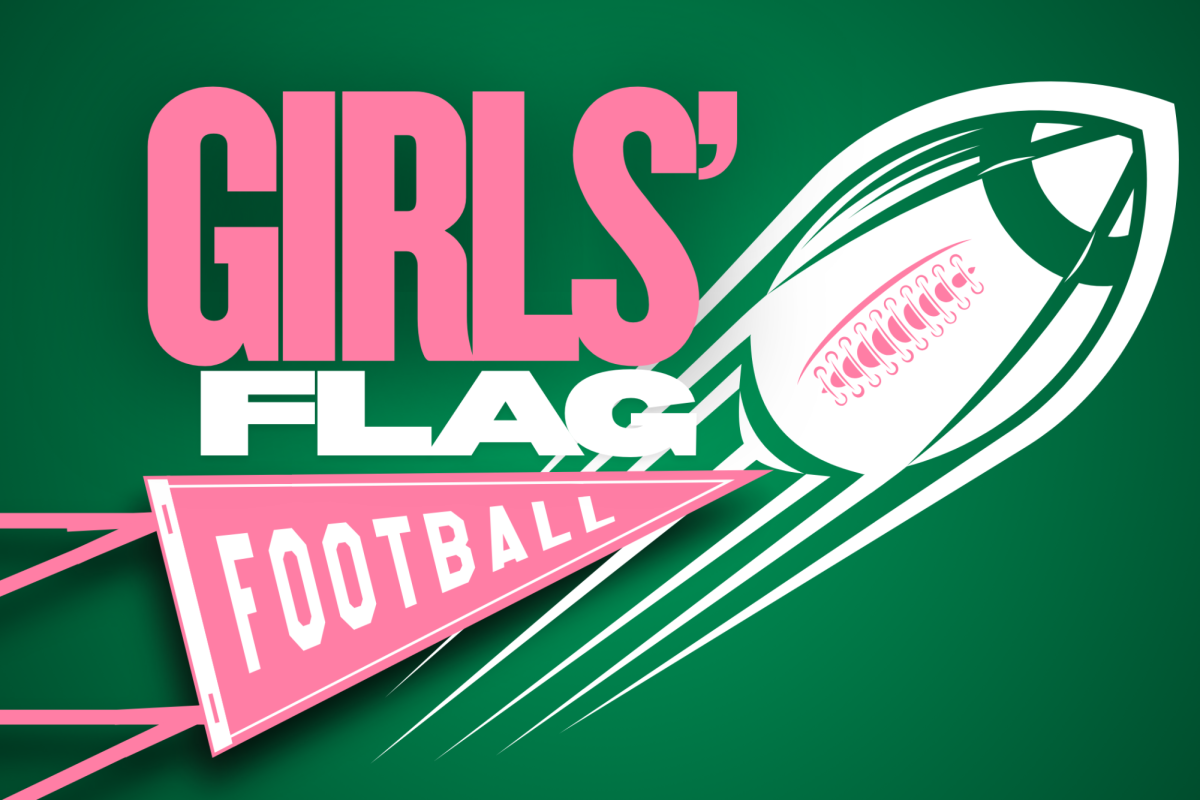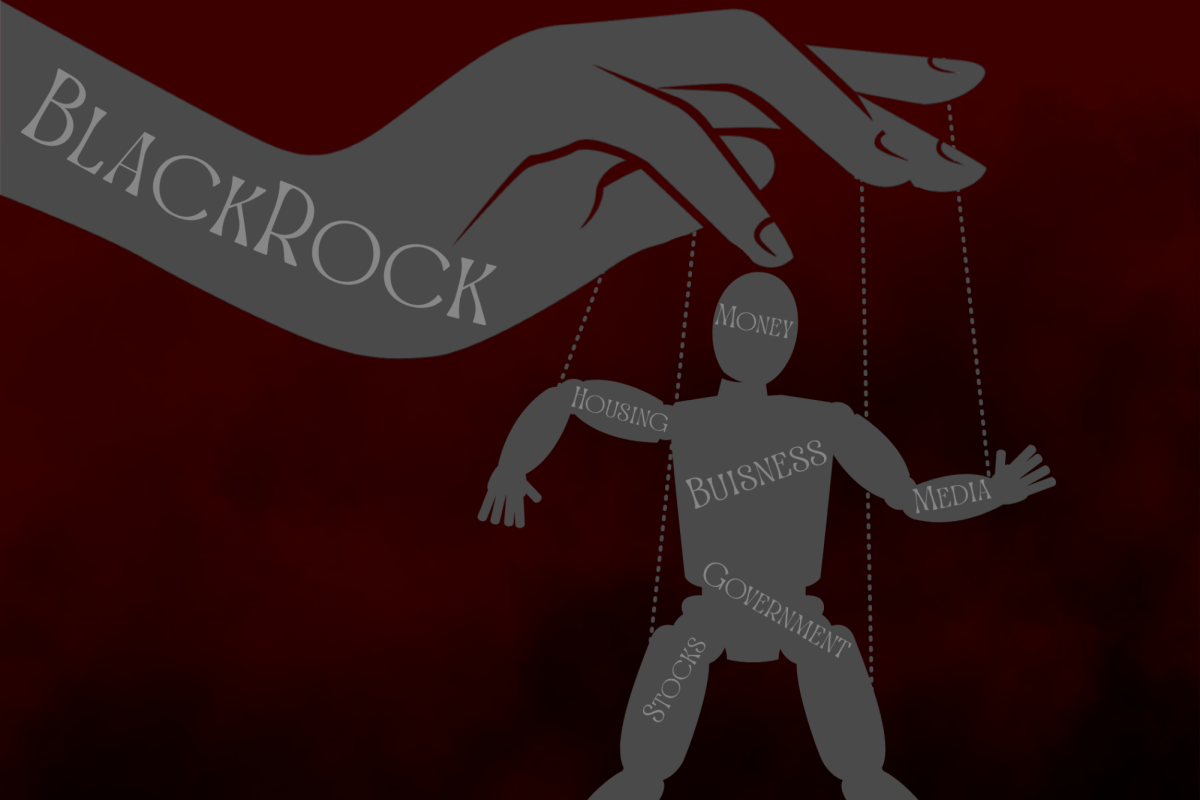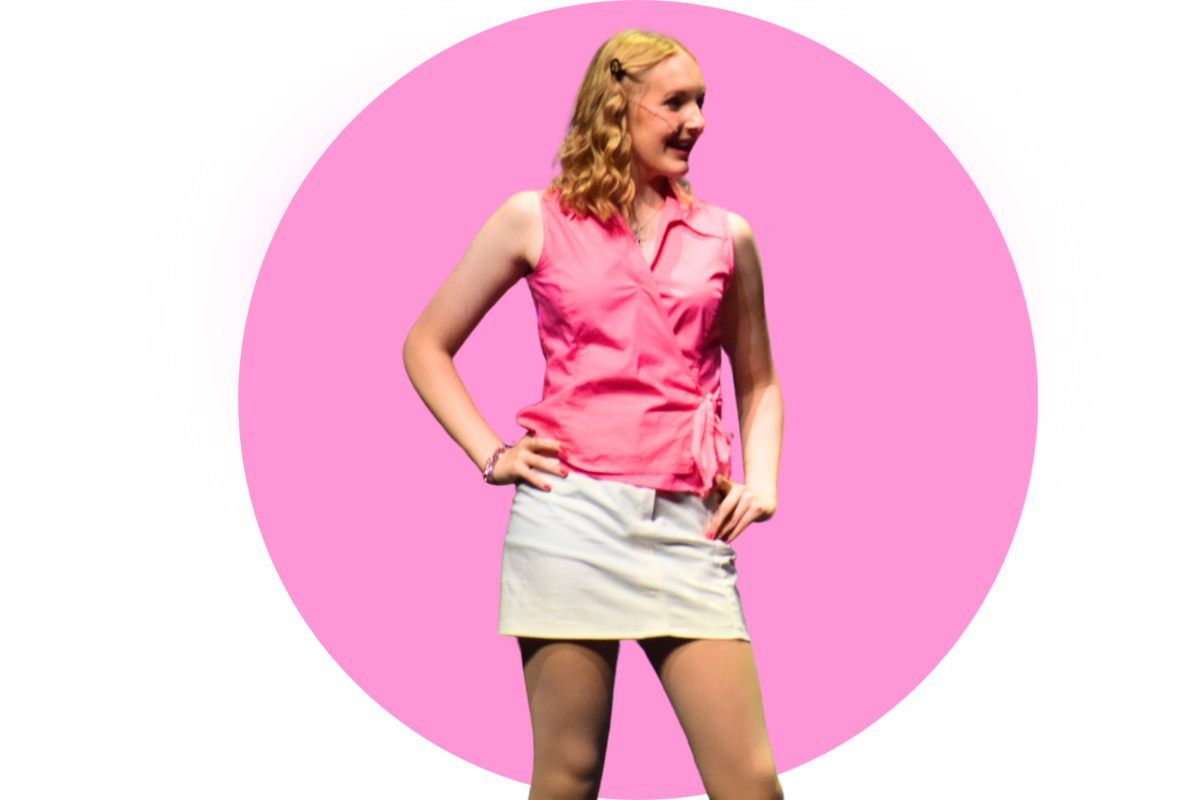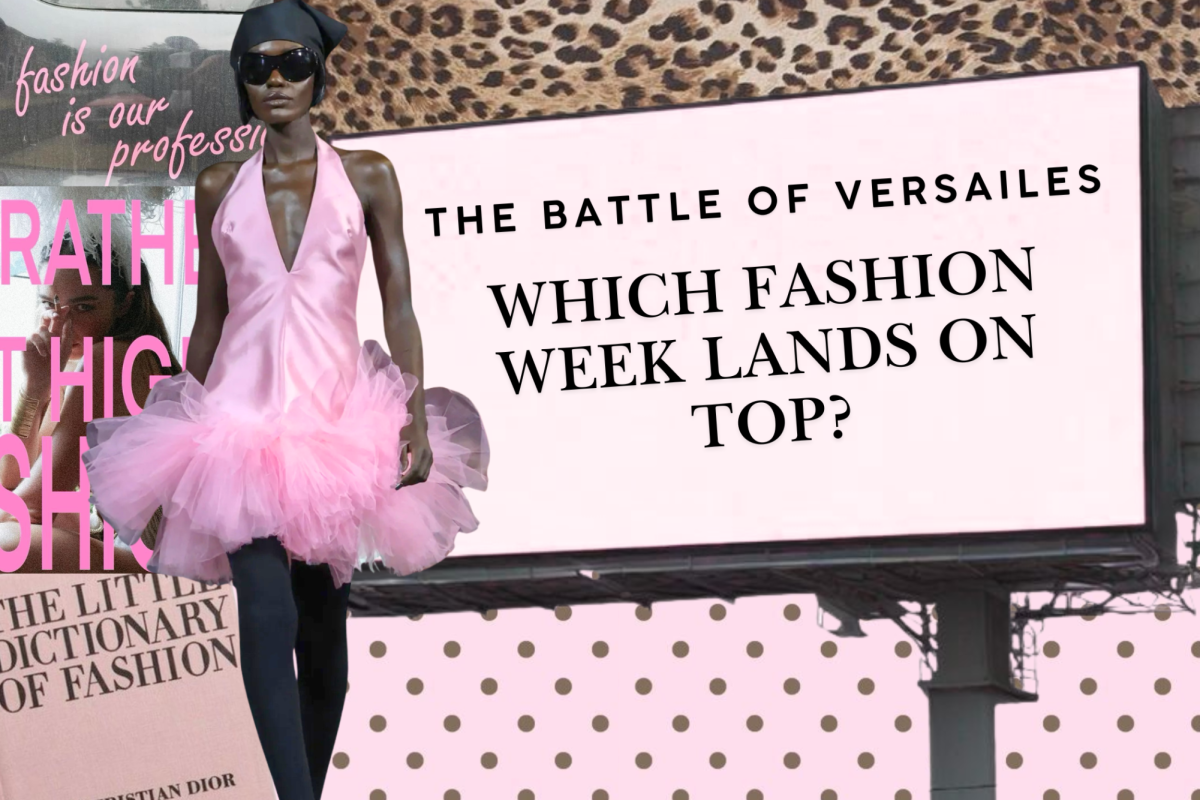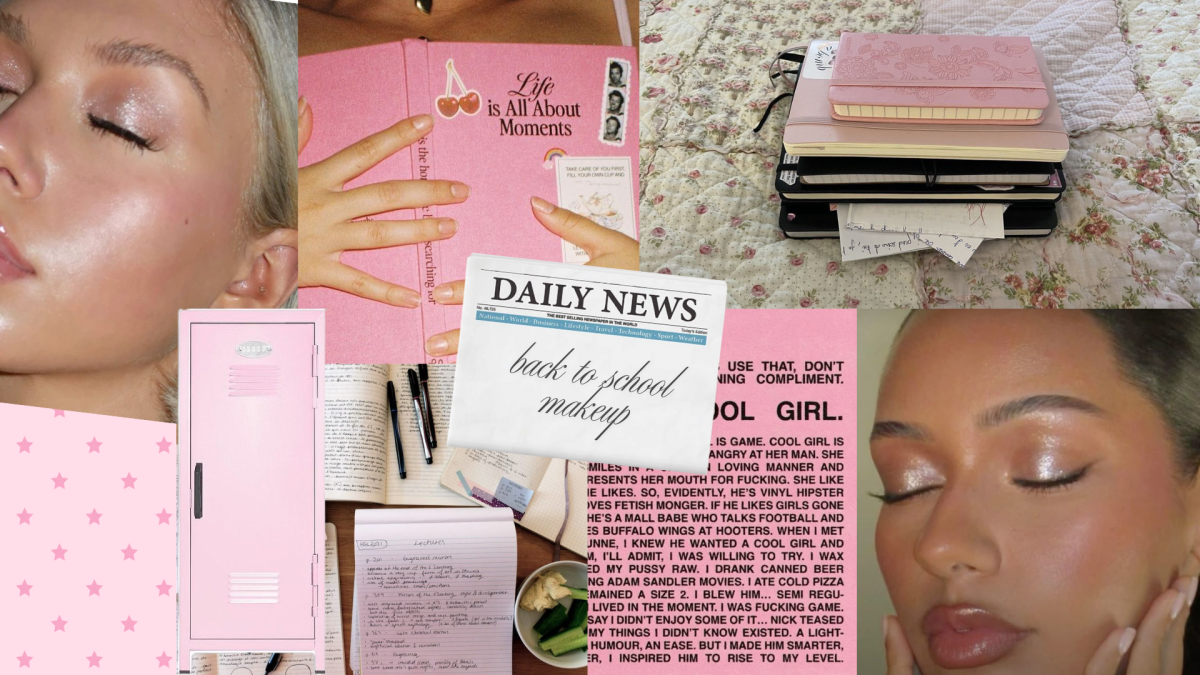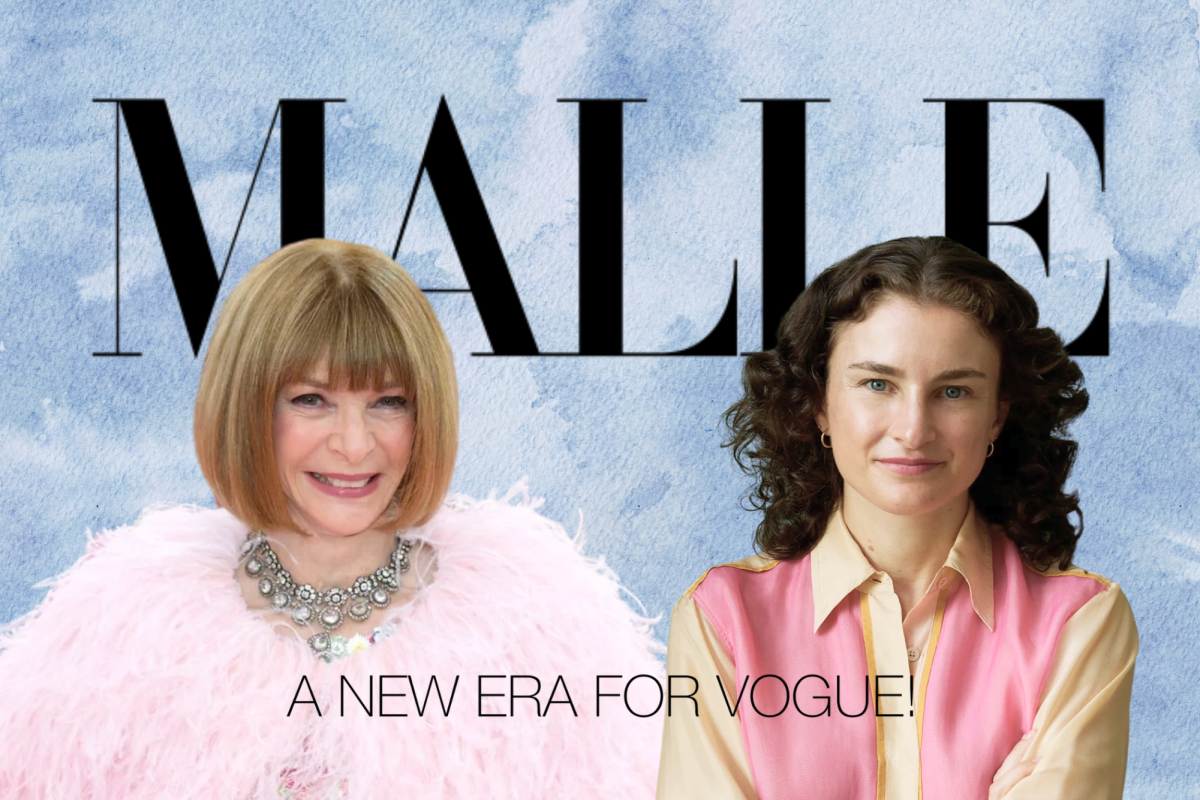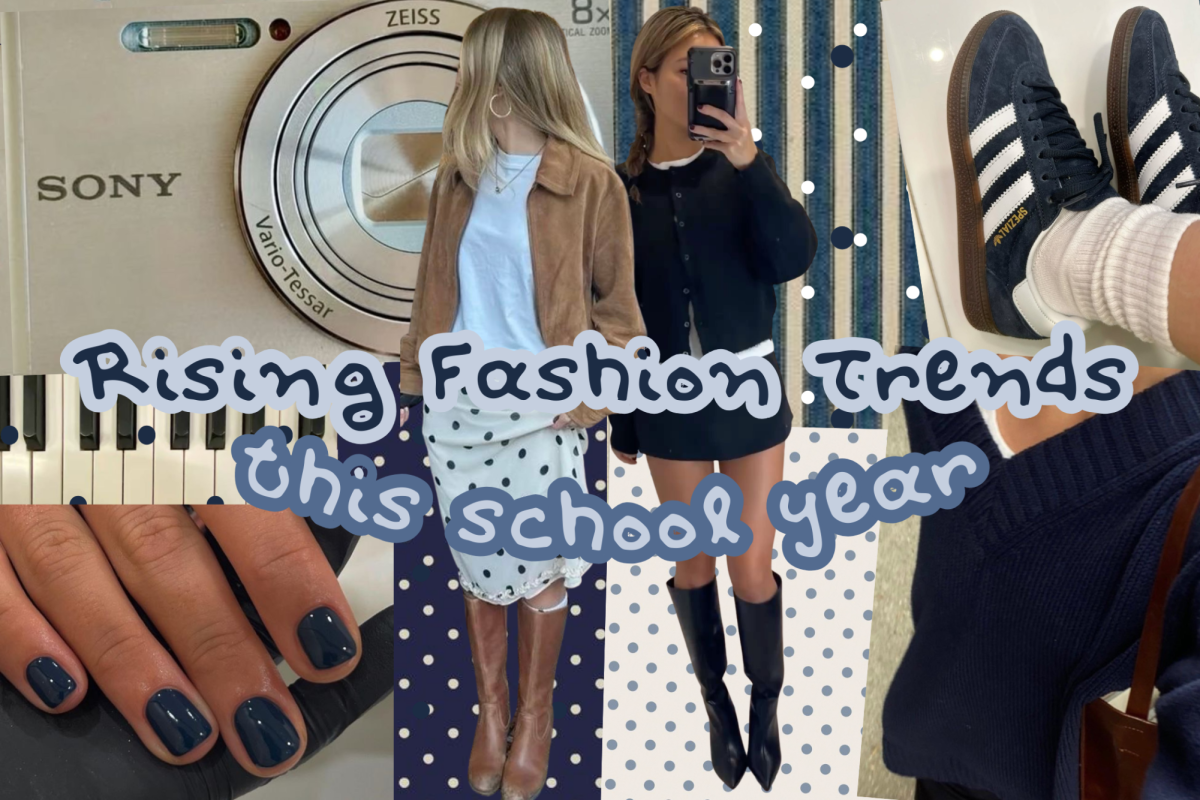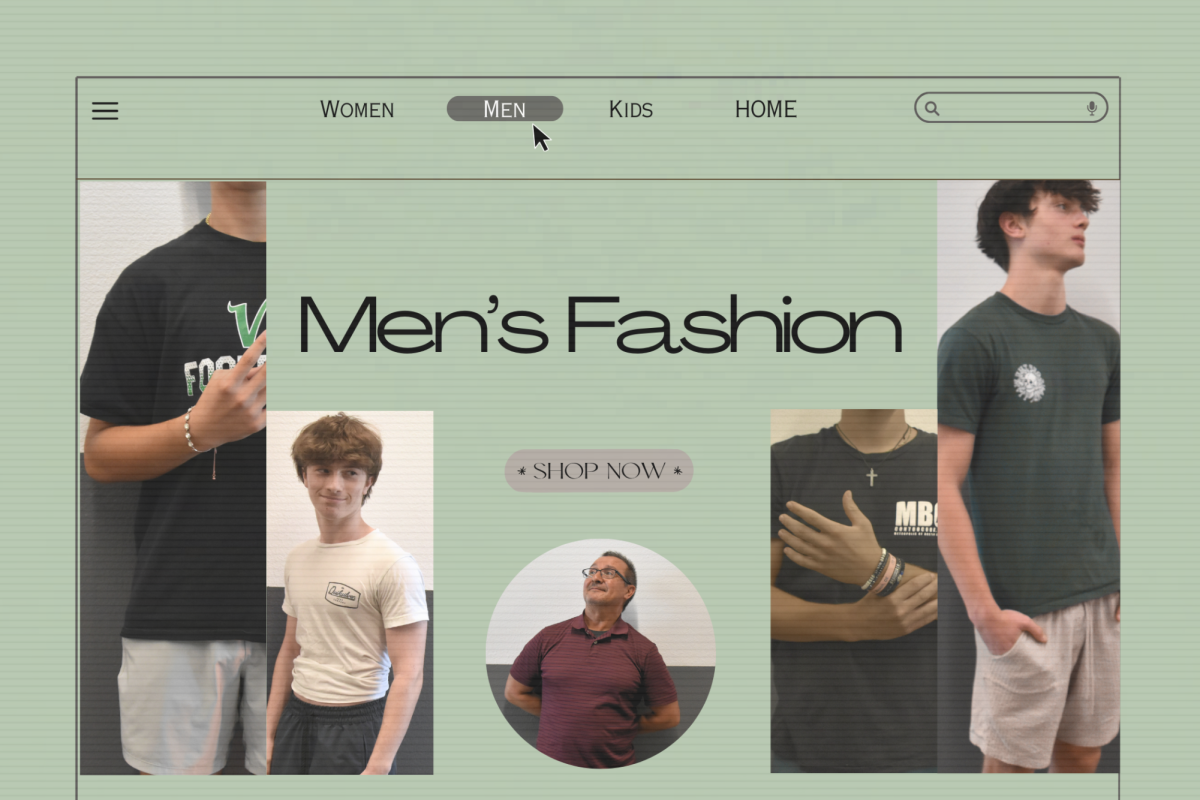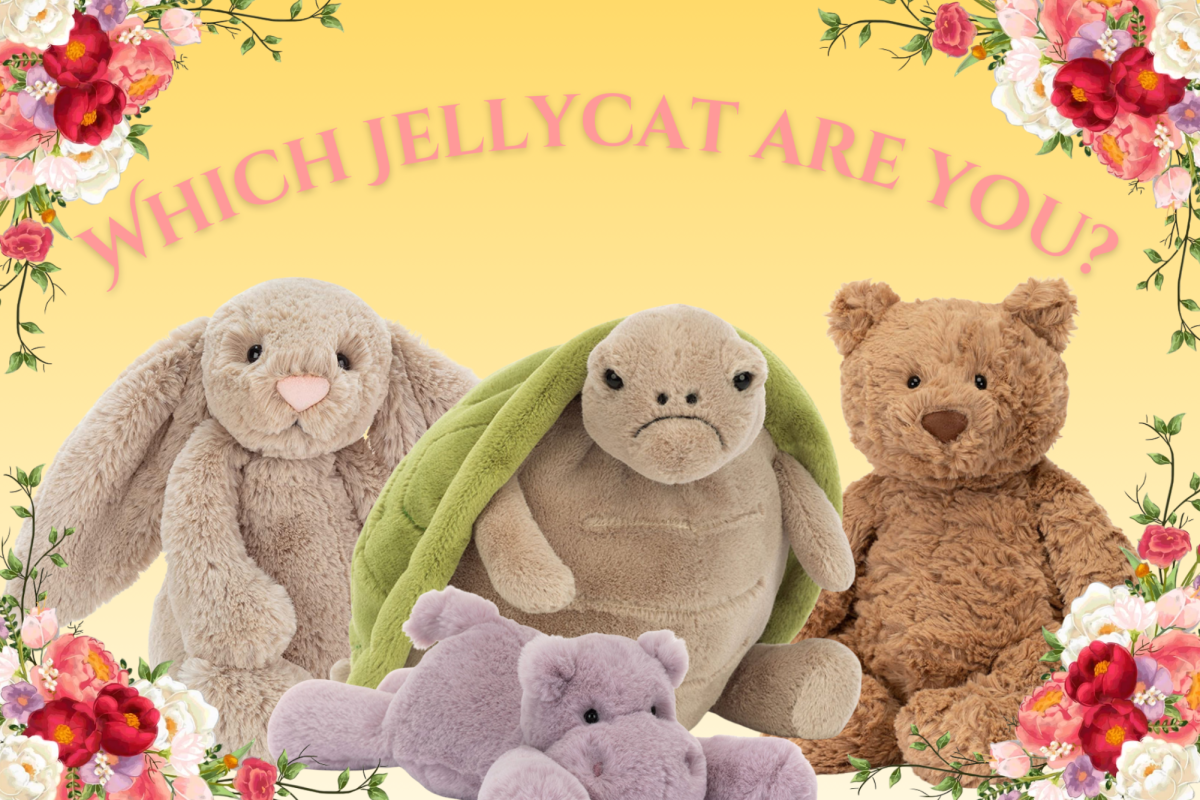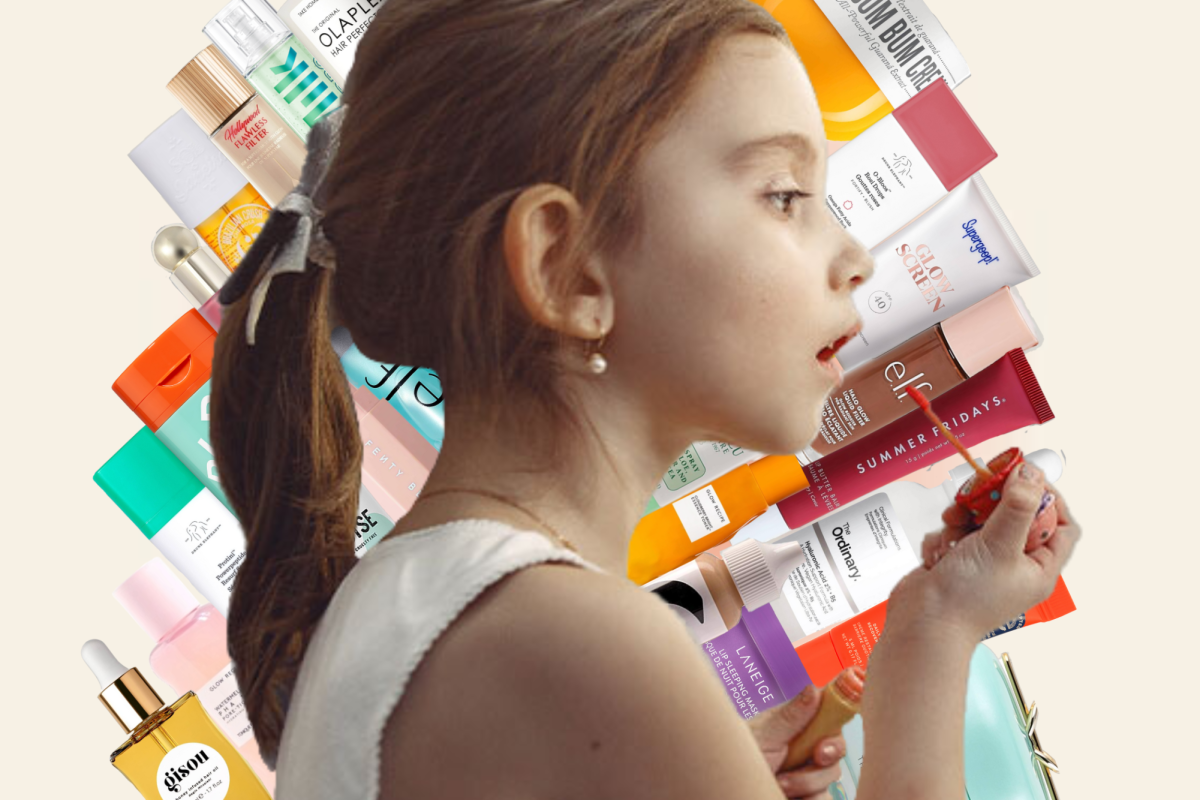If you use Tiktok, there’s a big chance you’ve heard of the “Sephora 10-year-olds” phenomenon.
Maybe you’ve even seen a GRWM video made by a kid who doesn’t look old enough to own a phone yet.
But suppose you haven’t heard of it.
In that case, the name is self-explanatory – young children, typically 10-year-old girls, are exposed to makeup and beauty trends driven by adult women through TikTok.
They then go and buy the products, participate in the trends, and even post videos documenting it on social media.
Young girls are being exposed to beauty standards before they’re even teenagers, and they are trying to adhere to them when they are not the intended demographic.
There is such a high percentage of these kids that now, this trend has sparked a new trend to complain about #SephoraKids online.
This magnifies other prominent issues as an effect of the growth of social media such as over-consumerism and microtrends.
The main issue at hand is that children are purchasing skincare products with harsh ingredients that are not suitable for their young skin.
Although not all skincare products are bad for children, the products that are being recommended by adult influencers are for an adult audience, not children.
For example, one well-known brand circulating social media is “Drunk Elephant”.
Lots of their items are branded for adults and include ingredients such as retinol and vitamin C acid.
These ingredients are intended for anti-aging use and cause damaging effects to young skin that is not mature enough for such strong elements.
Most of the time, they don’t understand the intensity of the components in the products they are using and buy them solely based on the fact that they see influencers using them.
This is harmful to children because they are so hypnotized by the idea of owning the newest viral item that they don’t realize that the product isn’t for their age range and can cause long-lasting, damaging effects on their skin.
Not only are these products dangerous for children, but they also cause major over-consumerism.
Every few months, a new aesthetic or trend will emerge, and influencers will create videos of how to achieve ‘the look’.
Clothes, makeup, shoes, etc. correlate with the trend, and it’s common for these products to be mass-purchased by customers to fit in with the newest style.
Brands will pay popular influencers to promote their items that are a part of microtrends, so their audience will then be persuaded to go and purchase them because they want to achieve those same lifestyle goals.
To make this even easier for consumers, there is also a new feature to TikTok called TikTok Shop which allows them to directly purchase what an influencer is promoting in their videos.
After the trend has circulated and lost its hype, these items are abandoned and will show up in trash dumps and thrift stores almost instantly.
With microtrends constantly coming in and out, so many different commodities are being bought and then trashed after a short-lived life adding to our already overflowing landfills.
All in all, as the rise of social media in our daily lives increases, the impact that influencers have on consumers needs to be regulated to keep our society in line.
Categories:
Opinion: Tween Takeover at Sephora Needs to End
More to Discover


